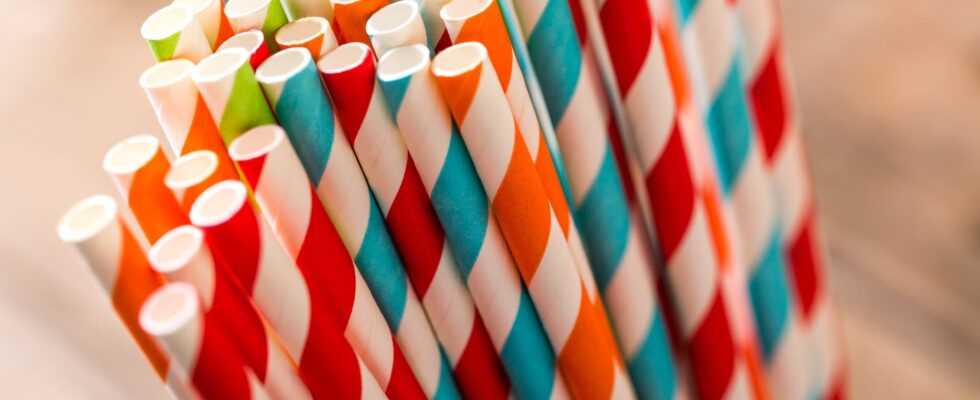Single-use plastic straws have been banned across the EU since July 2021. Rightly so – because the plasticizers they contain are not only unhealthy, the stalks also emit microplastics and thus pollute the world’s oceans. They have even been found in the nostrils of turtles and in the gastrointestinal tract of other marine life. However, since people do not want to do without slurping tasty liquids through thin tubes, alternatives are urgently needed.
And the inventiveness is great: In one or the other bar you will even find a dry, long noodle in your glass, from which the cocktail can then be incorporated in an environmentally friendly way. Unfortunately, pasta tends to become soggy, sticky and unappetizing over time. But the other alternatives don’t really do it either. Paper straws buckle when wet, and metal straws can damage teeth.
Alginate closes the pores of the cellulose and acts as an adhesive
But now there is a solution in the form of edible drinking straws made by bacteria. A team led by Shu-Hong Yu from the University of Science and Technology of China has made straws from bacterial cellulose. This is similar to vegetable cellulose, but has a denser molecular structure and is already used in the cosmetics, food and textile industries. It is synthesized by some types of bacteria (such as Acetobacter) when they feed on sugars.
The researchers collected the bacterial cellulose and air-dried it. They then treated the fibers with sodium alginate, a carbohydrate found in algae. This should close the pores of the cellulose and prevent it from absorbing water. The alginate also has the advantage that it adheres to itself. This allowed the researchers to roll up the cellulose sheets into straws without the need for glue.
